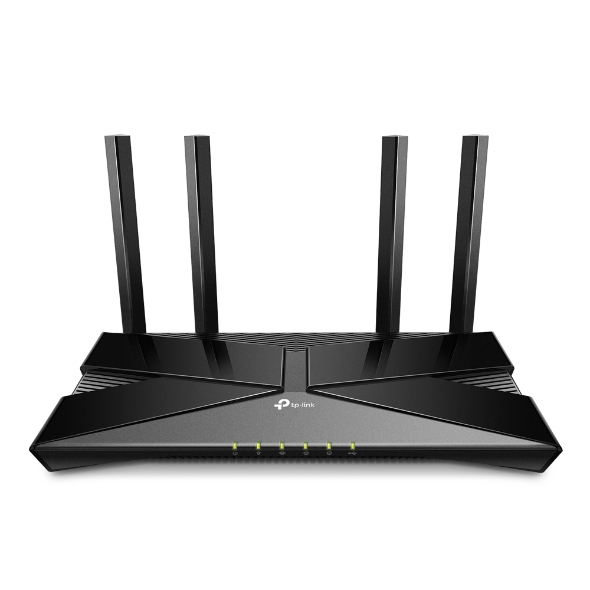When it comes to internet connectivity, life can throw you a lot of questions. In fact, sometimes a lot more questions than answers. It’s just not as straightforward as connecting up to a stock-standard router or modem, especially not from the companies that provide your internet to you.
The truth is, while these standard routers and modems can do the job, they just aren’t quite capable of keeping up the day-to-day life of most people. The chances are pretty good that you’ve got multiple devices all hooked up to the internet in your home, whether they are wired or wireless, putting multiple devices online at the same time can cause a bit of a problem creating a congested network.
Modems or Routers
One thing that’s incredibly important to understand is that if you do decide to go for an aftermarket device, you should make sure that you have the right one. There is a physical difference between cable, fibre and ADSL. To that end, there’s also a difference between a modem and a router, and your ISP will likely give you a modem that also functions as a router.
The modem takes the signal from your ISP to your devices and vice versa. It will modulate the information from the transmitter and then demodulate from the receiver. It converts the signal that your ISP sends into a signal for your devices.
A router is a networking device that distributes the signal to your different devices. Oftentimes having an aftermarket router and using your ISP’s modem in “modem only” mode, is a clear winning solution. It allows you to distribute the signal further than the modem would usually allow. But that’s not all that a router can do.
Wi-Fi Standards
As much as a complicated thing it is, Wi-Fi is even more complicated when you delve into the nitty-gritty of it all. Wi-Fi has a standard that is 802.11. There’s not much behind it apart from the extension given to it, but it’s usually followed by a letter. That letter or set of letters designates the version of the standard, all compatible with each other, but earlier versions will cap out at lower speeds.
802.11ax was the latest release at the time of writing and as it launched, it came with a new naming convention to help people differentiate between speeds and versions. It’s now known as Wi-Fi 6, and the previous letter versions like a, b, g and n have become numbers too. The range goes from Wi-Fi 1 (slowest) to Wi-Fi 6 (the fastest). Wi-Fi 6 is faster than the common n or ac version (Wi-Fi 4 and 5) and has more capacity to connect devices to it. There’s nothing wrong with any of them though, so having Wi-Fi 4 or 5 isn’t going to cut off your internet.
The current maximum theoretical speed of Wi-Fi 6 is 9.6Gbps which is about three times that of Wi-Fi 5, so most internet connections will come nowhere near it for now.
Single Band or Dual Band
You may have seen the terminology of bands thrown around a lot with routers, and these are important to note. There’s a 2.4GHz band and a 5GHz band, and while both of them work well, having a device that uses dual-band will be beneficial.
The 2.4GHz frequency for your wireless devices is lower and operates at a lower speed. The bright side is that it’s easier to push out that frequency from the router, so you can probably get more connectivity with it around your home or workplace. 5GHz will push up the minimum speed that you can get to your wireless device but loses more of its strength as it’s emitted from the device.
This will mean that while both of them have their place in the home, the dual-band operation will be better for a variety of devices going forward.
Wireless Cover
The devices that an ISP will provide you with are often not enough to cover an entire home wirelessly. This leaves you with a few options. One such option is to extend your network across the house, using wireless repeaters or signal boosters than can be plugged in to bounce signal. There’s also the option of having a mesh Wi-Fi kit, something that’s incredibly easy to set up, but adds huge value in pushing the signal further out into your home or workplace.
Device Connectivity
Something that is often overlooked is the addition of multiple devices to a router or modem. This can often be the cause of dropped connections and puts undue strain on your router. Most people in a home would likely have a phone and a laptop, perhaps an Alexa or Google Chrome, maybe a smart TV and perhaps even a tablet. That’s already bordering on 5 devices. If you take that and extrapolate that per person in your house, you could already have up to 20 devices without even thinking about it!
The more expensive and perhaps more adept routers have the ability to handle more devices. High-end routers that increase the number of devices at once and pump up the maximum bandwidth would be your best port of call in this scenario.
Connecting through Mobile Data
Despite all said and done, some people may not even feel the need for home internet as mobile data and mobile internet is so fast and is dominating a lot of online usages. 5G is the fifth generation of mobile network and increases speed substantially. While the 4G speed limit is usually capped at around 300Mbps, 5G ranges up to 10Gbps. This will result in faster streaming, apps, games, and everything else from your mobile.
5G also aims to reduce latency from 50ms through 4G, down to 1ms with 5G. This will allow people to play online games at a competitive level using mobile data. It makes for some really interesting reading and the future is going to be a bright one.



